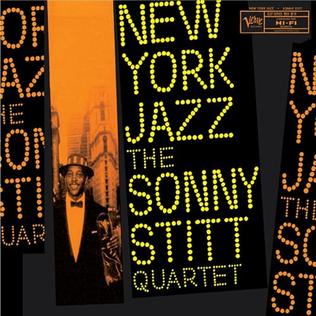
New York Jazz is an album by saxophonist Sonny Stitt recorded in 1956 and originally released on the Verve label.

God Bless Jug and Sonny is a live album by saxophonists Sonny Stitt and Gene Ammons recorded in Baltimore in 1973 and released on the Prestige label in 2001.
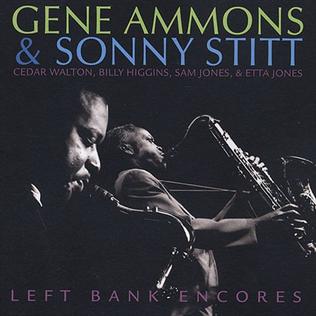
Left Bank Encores is a live album by saxophonists Sonny Stitt and Gene Ammons recorded in Baltimore in 1973 and released on the Prestige label in 2002. The album was recorded at the same concert that produced God Bless Jug and Sonny.

Together Again for the Last Time is an album by saxophonists Sonny Stitt and Gene Ammons recorded in 1973 and released on the Prestige label in 1976. The album was the final recording by the pair, who had a long history of collaboration, prior to the death of Ammons in 1974.

Kaleidoscope is an album by saxophonist Sonny Stitt compiling tracks recorded in 1950-52 and released on the Prestige label in 1957. The 1991 CD reissue added four bonus tracks to the original LP.
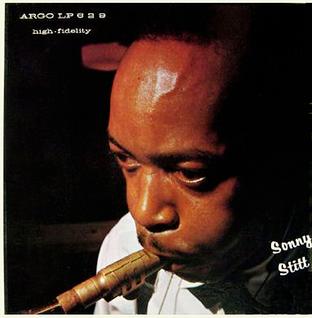
Sonny Stitt is an eponymous album by saxophonist Sonny Stitt recorded in Chicago in 1958 and originally released on the Argo label.

Sonny Stitt Swings the Most is an album by saxophonist Sonny Stitt recorded in 1959 and released on the Verve label.

Saxophone Supremacy is an album by saxophonist Sonny Stitt recorded in 1959 and released on the Verve label.

Sonny Stitt & the Top Brass is an album by saxophonist Sonny Stitt recorded in 1962 and released on the Atlantic label.
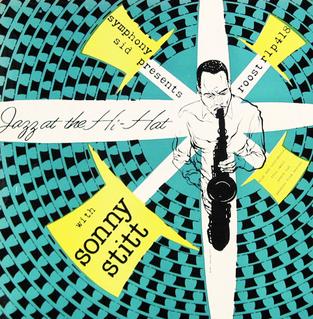
Jazz at the Hi-Hat is a live album by saxophonist Sonny Stitt and Eddie Davis recorded in Boston in 1954 and originally released on the Roost label as a four track 10 inch LP. The original album has been expanded with additional material and released on CD in two volumes.

Sonny Stitt Plays Arrangements from the Pen of Quincy Jones is an album by saxophonist Sonny Stitt recorded in 1955 and originally released on the Roost label.

Sonny Stitt Plays is an album by saxophonist Sonny Stitt recorded in 1955 and originally released on the Roost label.

Stittsville is an album by saxophonist Sonny Stitt recorded in 1960 and originally released on the Roost label.
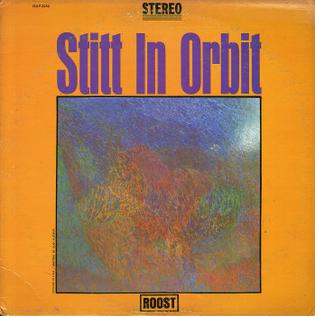
Stitt in Orbit is an album by saxophonist Sonny Stitt recorded in 1960 and 1962 and originally released on the Roost label.
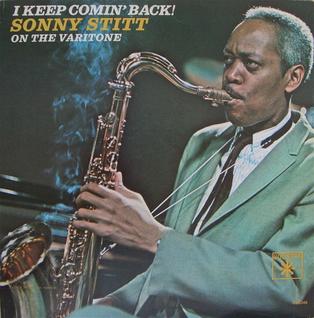
I Keep Comin' Back! is an album by saxophonist Sonny Stitt recorded in 1966 and released on the Roulette label. The album represents Stitt's second album featuring the varitone, an electronic amplification device which altered the saxophone's sound.

Inter-Action is an album by saxophonists Sonny Stitt and Zoot Sims recorded in Chicago in 1965 and released on the Cadet label.

Soul in the Night is an album by saxophonists Sonny Stitt and Bunky Green recorded in Chicago in 1966 and released on the Cadet label.
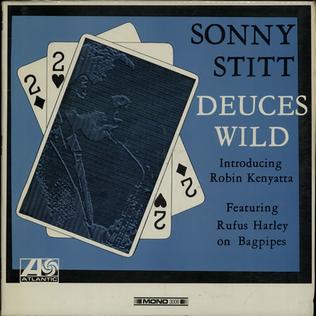
Deuces Wild is an album by saxophonist Sonny Stitt recorded in 1966 and released on the Atlantic label. The album featured Robin Kenyatta's recording debut. The 4 Stitt organ trio tracks can be found as bonus tracks to the My Mother's Eye's CD

Constellation is an album by saxophonist Sonny Stitt recorded in 1972 and released on the Cobblestone label.
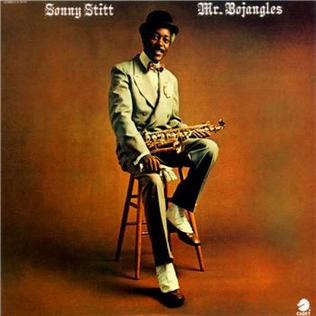
Mr. Bojangles is an album by saxophonist Sonny Stitt recorded in 1973 and released on the Cadet label.
























